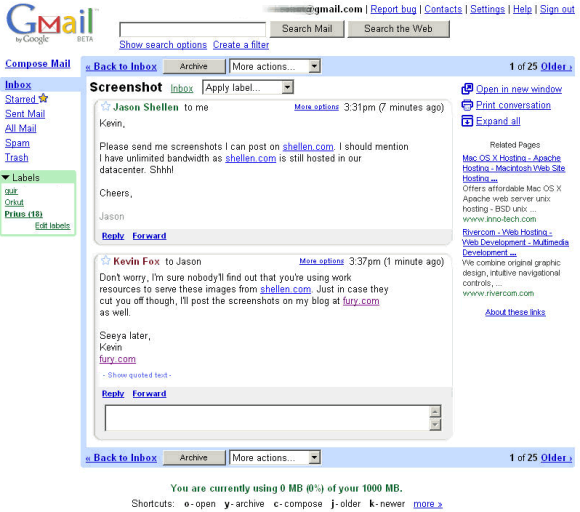Jack Brewster built his own hyperlocal news website in a couple of days and with a grand total investment of $105. What is significant is the circumstances by which he accomplished this. He used these funds to hire a programmer that he never met. Although Brewster had no other specialized expertise, he was able to launch a fully automated, AI-generated “pink slime” site capable of publishing thousands of articles a day. What is scary is that he could tune the AI to create whatever partisan bent and nearly all of the articles were rewritten without credit from legitimate news sources. Brewster is a reporter for the Wall Street Journal and describes his process here. “The appearance of legitimacy is everything online, and pink-slime websites are a serious menace,” he concluded.
This is the first time I have heard the term. It is certainly evocative, and dates back a few years. I last wrote about this condition in the pre-AI era, when actual people were being paid close to nothing to create this so-called content. That link has a bunch of resources to help you spot these fakes, but as AI gets better at sounding like some overblown windbag commentator, it will certainly get harder to discriminate what is real and what isn’t.
Apparently, slime pays. His programmer has built hundreds of these types of slimery, and is one of many, many people who advertise their services on Fiverr and other employment-as-a-service websites. What they are doing isn’t (yet) illegal, but makes me (and Brewster for that matter) uncomfortable. He set up his site behind a paywall, but the WSJ piece has a screencap where you can see what it looks like.
Speaking of Fiverr, long ago and in a galaxy far, far away I set up my own site to sell my freelancing services. Needless to say, I had no takers. My rate was a lot higher than the programmer Brewster hired for his website.
Brewster does misinformation tracking for a living, so it is somewhat ironic that he paid to produce his own slime site. His operation, Newsguardtech.com, has tracked more than a thousand slimy sites, and offers browser extensions and various other tools to rate news sites, both slimy and (supposedly) legit ones.
Of course, that isn’t the only development of genAI content. This movie trailer looks so airbrushed that it is hard to watch. One reviewer wrote:
It is not clear whether the trailer is bouncing between different characters, or if TCL has been unable to figure out how to keep them consistent between scenes. The lip-synching is wildly off, the scenes are not detailed, walking animations do not work properly, and people and environments warp constantly.
All I can say, this is one bad movie trailer, and I am sure an even worse movie.
I guess it is a testament to the progress of genAI that we have come so far, so fast. And perhaps this is yet another reduction of the circumference of the noose around my own neck, or an indication of how my astronomical pay rates (at least, seen in this AI/Fiverr context) really are.



 There aren’t too many people who have become modern models for dolls produced by the American Girl company, let alone women who have had a long volunteer career with the American Red Cross. But Dorinda Nicholson – the
There aren’t too many people who have become modern models for dolls produced by the American Girl company, let alone women who have had a long volunteer career with the American Red Cross. But Dorinda Nicholson – the